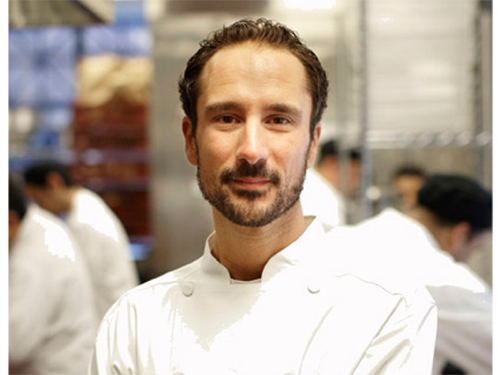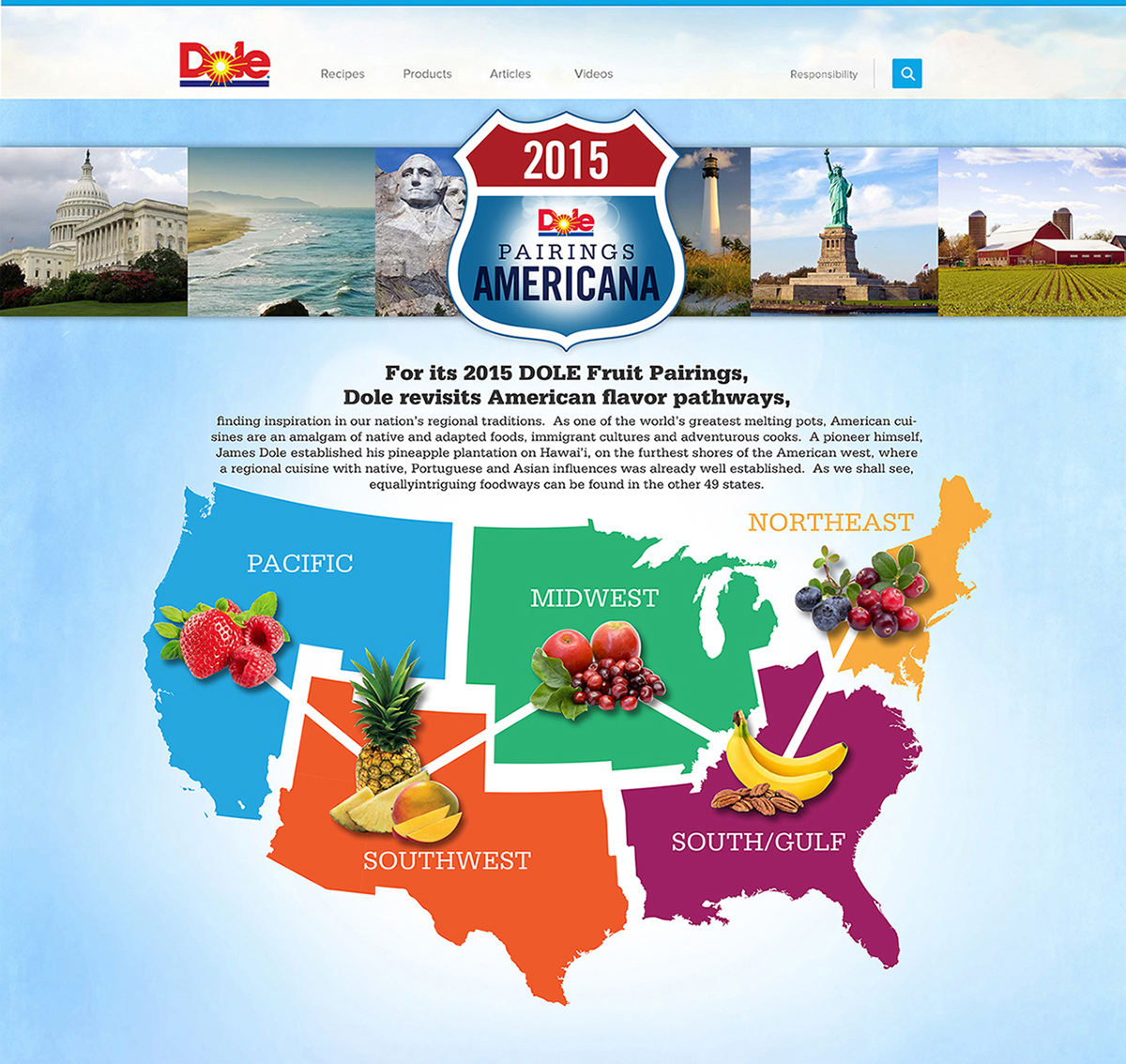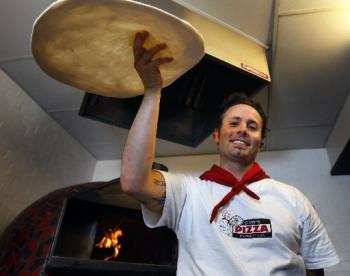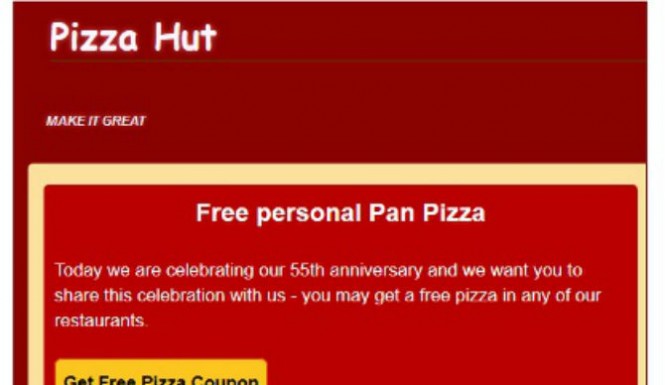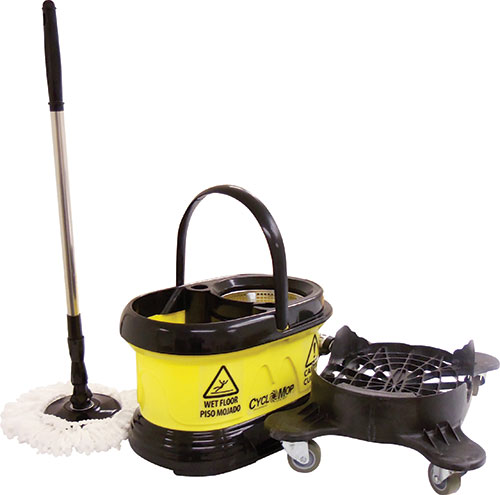
Do you think you have a restaurant that could be the next RedBrick Pizza? Ever wonder if RedBrick’s owner, James Minidis, knows something you don’t? Maybe you, too, should consider franchising.
According to a recent study by Pricewaterhouse Coopers, more than 760,000 franchised businesses generated a total economic output of over $1.53 trillion and generated jobs for 18 million Americans in 2001. This represents nearly 10% of the U.S. private-sector economy and 14% of private-sector employment. And, while there are 75 identified industry groups operating within franchising, restaurants are by far the big kid on the block, with the number of pizzeria franchises in the nation’s top 25 reaching 24,878 in 2006 and sales topping $16 billion.
So what separates these pizza franchisors from you? And perhaps more importantly, should you be thinking of joining them?
In general, restaurant owners decide to franchise for one of three reasons: lack of money, lack of people or lack of time. When it comes to growth, the big barrier for any restaurateur is always capital. Since the franchisee provides the initial investment in the restaurant, growth can occur at a much lower cost. As a franchisor, your investment in growth is largely limited to the development of your franchise documentation and franchise recruiting costs—a substantial reduction from the typical costs involved in opening a restaurant. And since it’s your franchisees who will sign the leases and commit to various service contracts, you also grow with virtually no contingent liability, greatly reducing your risk.
Another barrier facing many restaurateurs is finding and retaining good restaurant managers. With turnover rates that can exceed 100% per year, a restaurateur can spend months recruiting and training a manager only to see that manager leave—or worse yet, get hired away by another restaurant.
Franchising allows restaurateurs to avoid these problems by substituting a highly motivated franchisee for that restaurant manager. And since the franchisee has a stake in the unit, restaurant performance will often improve. From a management perspective, since a franchisor’s income is based on the franchisee’s gross sales—and not profitability—monitoring unit level performance becomes significantly less difficult and requires less staff.
Keep in mind that opening additional locations takes time. You need to find a site; negotiate the lease; hire the architect and contractor; obtain financing; recruit your staff ; purchase or lease your equipment and inventory; train your staff ; the list is endless. Bottom line, the number of restaurants you can open at any one time is limited.
But for restaurant owners with too little time, too little staff or too few resources, franchising solves your expansion problems by having the franchisees do most of the heavy lifting. Franchising not only allows restaurateurs to have financial leverage, but allows “resource leverage” as well.
CAN YOUR RESTAURANT BE FRANCHISED?
Almost any type of pizzeria concept can be franchised, provided it meets three basic criteria: salability, “clone-ability,” and return on investment (ROI). In order to sell franchises, your restaurant must be credible in the eyes of prospective franchisees. Is it professionally designed? Is it unique in some way? For instance, American Flatbread requires all franchisees to source local meats and cheeses and use only organic ingredients. More importantly, does the concept have “sizzle?” A good measure for the “sizzle factor” is whether you currently receive unsolicited franchise inquiries. If you do, that’s a good indication your franchise will sell well. Florida-based Pizza Fusion made a name for itself by serving organic food and utilizing eco-friendly building materials. Within seven months of launching its franchise program, the concept was able to sell 50 franchises in six states.
Second, you’ll need to be able to clone your restaurant. While some casual dining restaurants like California Pizza Kitchen are franchising successfully, the primary criterion here will be teachability and systemization. For example, if part of your restaurant’s flair includes that all chefs are trained to perform pizza acrobatics, you may want to rethink your expansion strategy.
Most important, however, is that your restaurant will need to provide an adequate return to both you and your franchisees. That means you’ll need to adjust your franchisees’ potential returns by deducting a royalty. If your franchisees can generate an adjusted 15% return on investment on a mature franchise, then your restaurant may be a good candidate for franchising.
WHAT’S THE NEXT STEP?
If you do make the decision to franchise, your first task is to address the numerous issues confronting a new franchisor: speed of growth, territorial development, support services, staffing and fee structure, to name just some of the topics you’ll need to think about (typical restaurant franchises charge royalties between 3-8%, often with an additional fee for marketing). And obviously, your plan should be subjected to rigorous financial (and legal) scrutiny. Restaurateurs should be particularly wary of the trap of “licensing” rather than following the more involved step of registering as a franchisor and following the letter of the law which varies from state to state. Regardless of what the parties call the agreement, any agreement that gives even modest control of the operation by the licensor might be deemed a “franchise” by a court or other regulatory body, opening up the “licensor” to potentially huge liability.
You’ll need to develop a franchise contract, a Uniform Franchise Off ering Circular (as required by the FTC), and, depending on where you’ll be selling franchises, state registrations (only 14 states require these registrations). The registration process includes the disclosure of certain information that must be approved by the appropriate state-regulatory authorities. Non-registration states only require the approval of your UFOC before you can off er to sell any franchises. A copy of the UFOC is available from the North American Securities Administrators Association (www.nasaa.org).
Quality control generally translates into the development of an operations manual and a well-defined training program, if these things are not in place already. Your manual should contain everything your franchisees will need to know about how to open and operate your restaurant, although there are certain safeguards you may want to build in relation to the protection of recipes (use of spice packets, for example). You’ll also want to include quality control checklists, policies, procedures and tactics that will allow these systems to be uniformly enforced—while being careful to avoid anything that creates liability (the easiest way to do this is to hire a lawyer who specializes in franchise law).
Finally, since the franchise sales process is highly regulated, be sure to get educated in proper sales, disclosure and compliance techniques.


